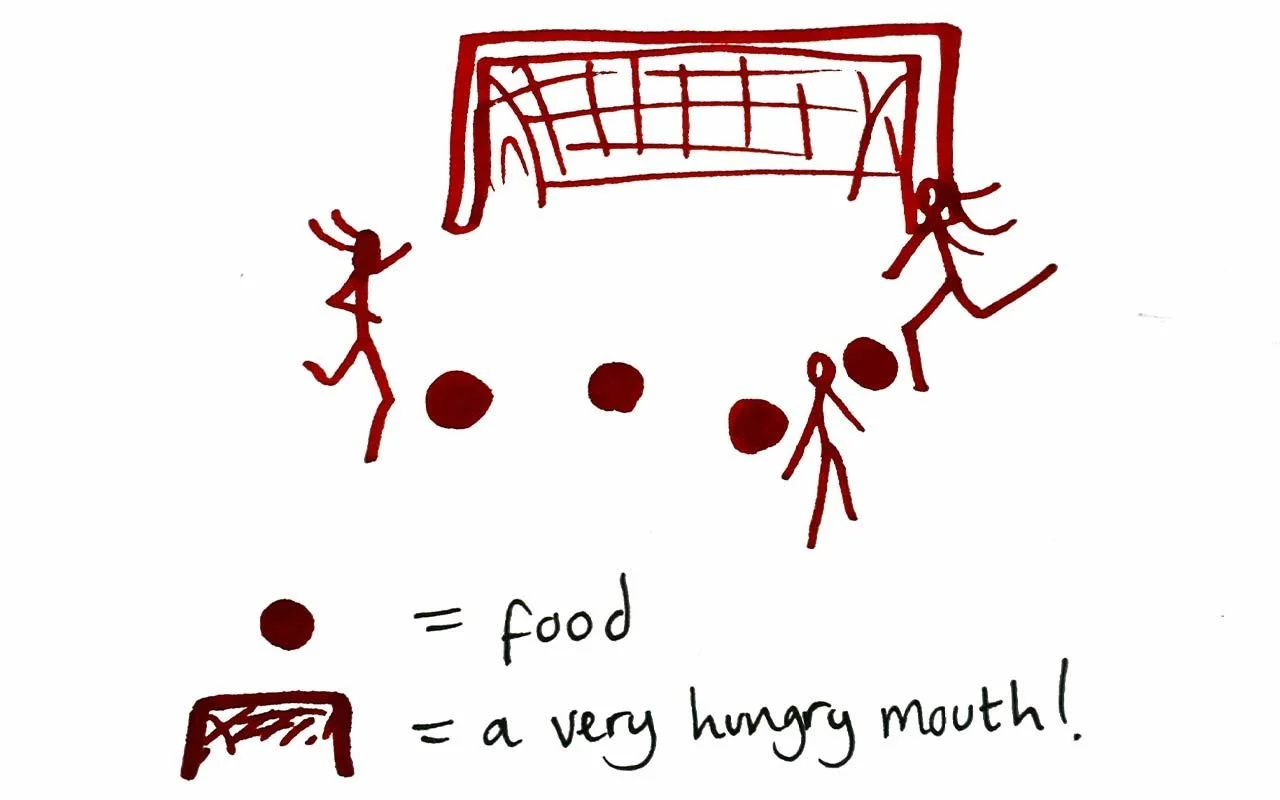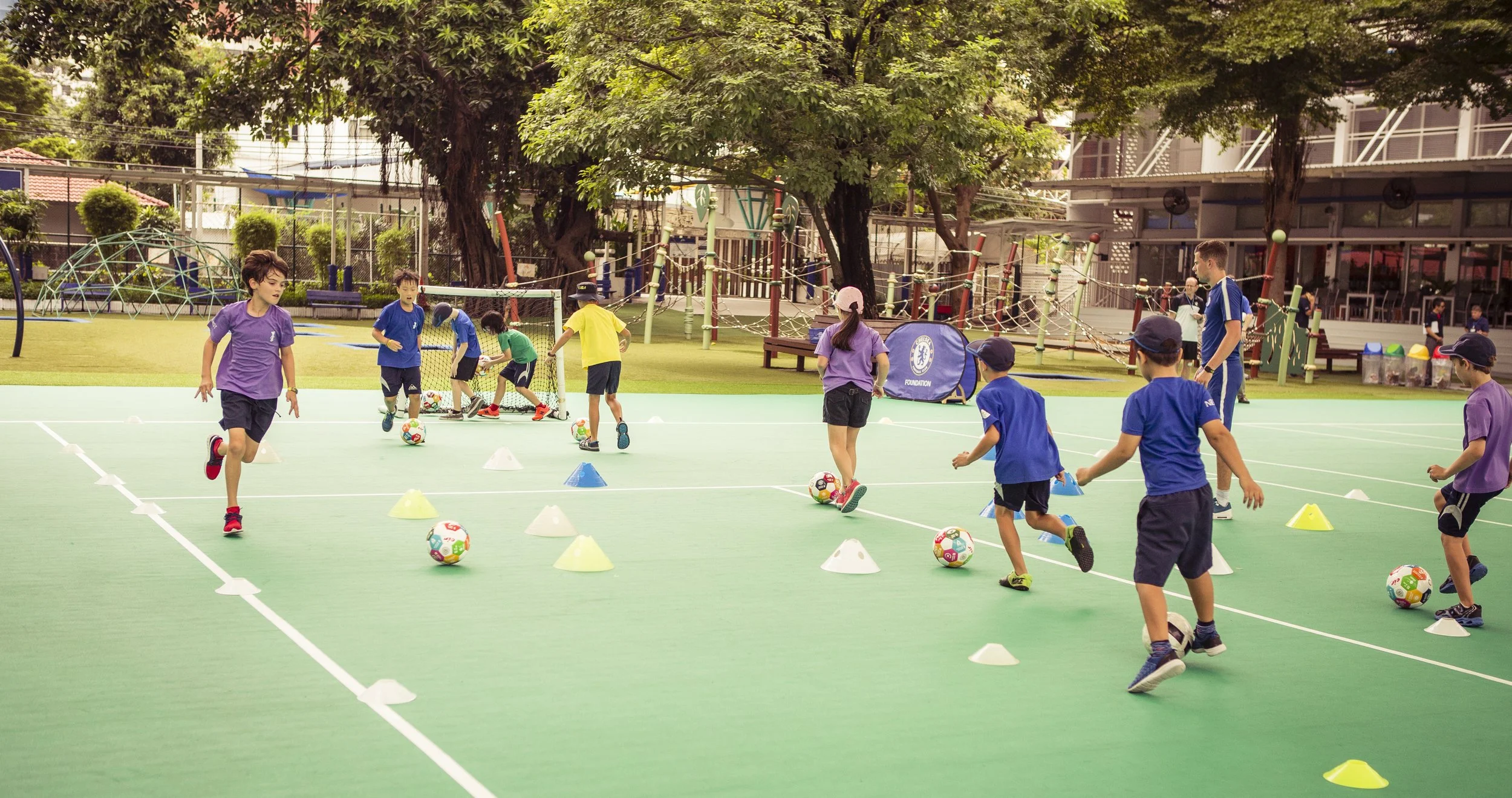
Welcome to
IMPACT GAMES
What's the Goal?
To end hunger, achieve food security and improved nutrition and promote sustainable agriculture. A world with zero hunger can positively impact our economies, health, education, equality and social development. It’s a key piece of building a better future for everyone. Additionally, with hunger limiting human development, we will not be able to achieve the other sustainable development goals such as education, health and gender equality.
Why Does It Matter?
Extreme hunger and malnutrition remains a barrier to sustainable development and creates a trap from which people cannot easily escape. Hunger and malnutrition mean less productive individuals, who are more prone to disease and thus often unable to earn more and improve their livelihoods. There are nearly 800 million people who suffer from hunger worldwide, the vast majority in developing countries.
Game: Feed the Goal
by Becca Todd, United Kingdom
Description of the game:
The goal represents a hungry mouth, the balls represents food.
A number of soccer balls are lined up in front of the goal.
Players line up, ready to take penalty kicks.
-
Players and balls line up in front of the goal.
The coach will shout whenever the mouth is hungry.
The players has to kick as fast as they can and score as many goals as possible before the coach shouts STOP.
Players must constantly be ready to help line more balls up and kick one at a time.
-
Use more goals / feed more mouths.
-
Players: Minimum 1 player and 1 goal.
Area: Any size that you have can work
-
Goal and balls.
-
Use smaller goals.
Line the balls up further and further from goal.
Tips for strikers
Foot placement: Use the inside of your foot for accuracy, as it has a larger surface area. For more power, shoot with the "laces" (the front) of your foot.
Balance: Spread your arms out to maintain balance and stability during your shot.
Follow-through: Follow through in the direction of your shot to generate more power and accuracy.
Tips for goalkeepers
Stance: Maintain a balanced stance with bent knees and your feet shoulder-width apart. This allows for quick reactions and agility.
Hand Placement: Keep your hands out wide to cover as much of the goal as possible and intimidate the striker.
Read the Striker: Watch the striker's body language and eye movements to anticipate their shot direction.
Focus on the Ball: Keep your eyes on the ball at all times to react quickly to changes in direction or speed.
Game: Kick Hunger Away
by Steven O’Reilly, Chelsea FC Foundation, Bangkok
If you were hungry you could not do this drill, you need food and water to take all these runs and kicks
Players dribble across the field and tries to score on a goal keeper.
When players score – they kick hunger away and can keep going, if they do not score they change place with the goalkeeper and the keeper takes over the dribble.
-
Each players has a ball and will kick their penalty kick from behind the dotted line.
The players has to score as many goals as possible
After a player scores a goal he/she dribbles the ball around the goals and as fast as possible to the other end without loosing the ball.
If a player miss the goal he/she just he don’t get a point.
-
Change direction and the players have to kick with the other foot.
This can also be done dribbling around (school) buildings if you don’t have access to goals. Have the players touch a certain spot, a tree etc.
-
Players: This game could be run with numbers of players doing the drill, as long as they don’t get bored waiting in a queue.
Area: Any size that you have can work.
Materials: One ball for each player is ideal.
Level: All players.
Ideal for age/grade: Everyone can have fun with this.
Estimated time from start to end: Use this game as a warm up or a short break during a school day and lesson.
-
Goal and balls.
-
Use smaller goals.
Extent the distance from dotted lines to goals.
Players have to work together two and two.
Add cones and obstacles.
Create a game situation
Divide into teams: Create teams of 2-4 players.
Timed goal-scoring: Each team takes turns trying to score as many goals as possible within a 2-minute time limit.
Teamwork and strategy: Encourage teams to work together and develop effective strategies to maximize their goals.
Repeat and track progress: Repeat the game several times and track each team's performance to identify areas for improvement.
Fun way to warm-up!
This could be a great warm up. As the players dribble they can do many moves.
Create Game Situations
Encourage creativity:
Invite players to suggest unique game scenarios and modifications.
Goal-based challenges: Introduce different goals for each team, such as scoring a certain number of goals or completing specific challenges.
Integrating Global Goals:
Goal-based rewards: Implement a system where teams can earn bonus points by stating a Global Goal and how they plan to promote it in their community.
Water break discussions: Use water breaks as opportunities for players to discuss and share their ideas for promoting the Global Goals.
Small-sided games: Encourage players to form smaller teams for easier communication and engagement.
Additional Tips:
Variety is key: Offer a variety of game formats and challenges to keep players engaged.
Flexibility: Be adaptable and willing to adjust the game based on player feedback and preferences.
Community involvement: Encourage players to involve their communities in the game and the Global Goals initiative.



